Zoology Exam 3
1/310
Earn XP
Description and Tags
Annelids
Name | Mastery | Learn | Test | Matching | Spaced |
|---|
No study sessions yet.
311 Terms
Segmentation
Division of the body into discrete segments or metameres, serially repeated units, each unit has components of most organ systems.
Phylum Annelida
Phylum consists of segmented worms and non-segmented worms whose ancestors exhibited segmentation
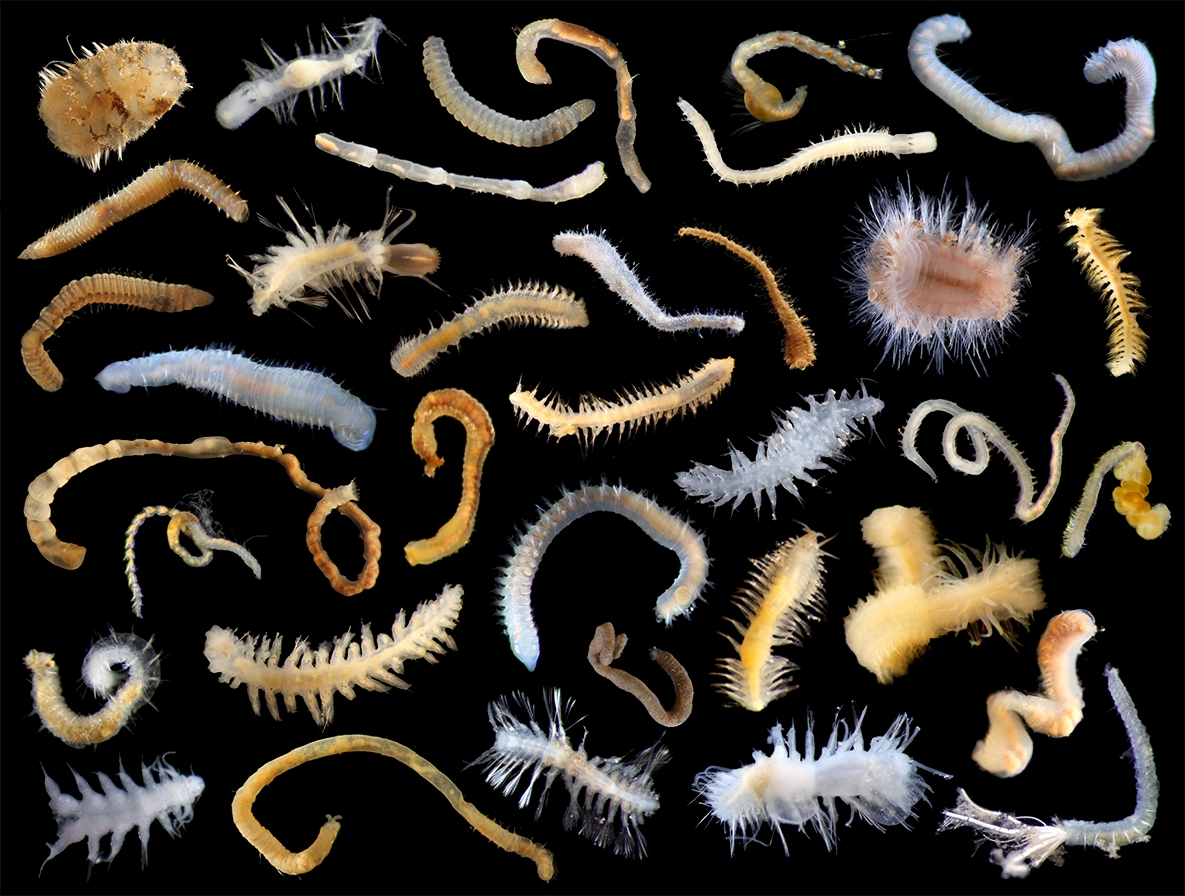
Coelomate
When an organism has a coelom.
Lophotrochozoan protostome
Any member of a clade within Protostomia whose members generally either possess a trochophore larva or a lophophore
Trochophore
Free-swimming ciliated marine larva characteristic of most molluscs and certain ectoprocts, branchiopods, and marine worms; ovoid or pyriform body with preoral circlet of cilia and sometimes a secondary circlet behind the mouth.
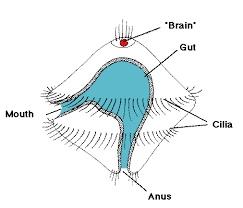
Annuli
circular grooves that are externally present in segments of annelids
Septa
the internal division of segments in annelids via membranes between each segment
Setae
The tiny chitinous bristles that annelids usually have, used in locomotion or anchorage
Short setae
structures present on segments of annelids used for anchorage
Long setae
structures present on segments of annelids used for swimming
Prostomium
The anterior-most (front) part of annelid heads
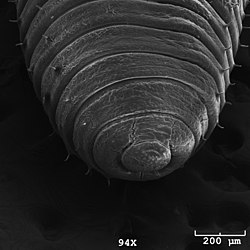
Peristomium
The part of annelids head that is posterior-most (back)
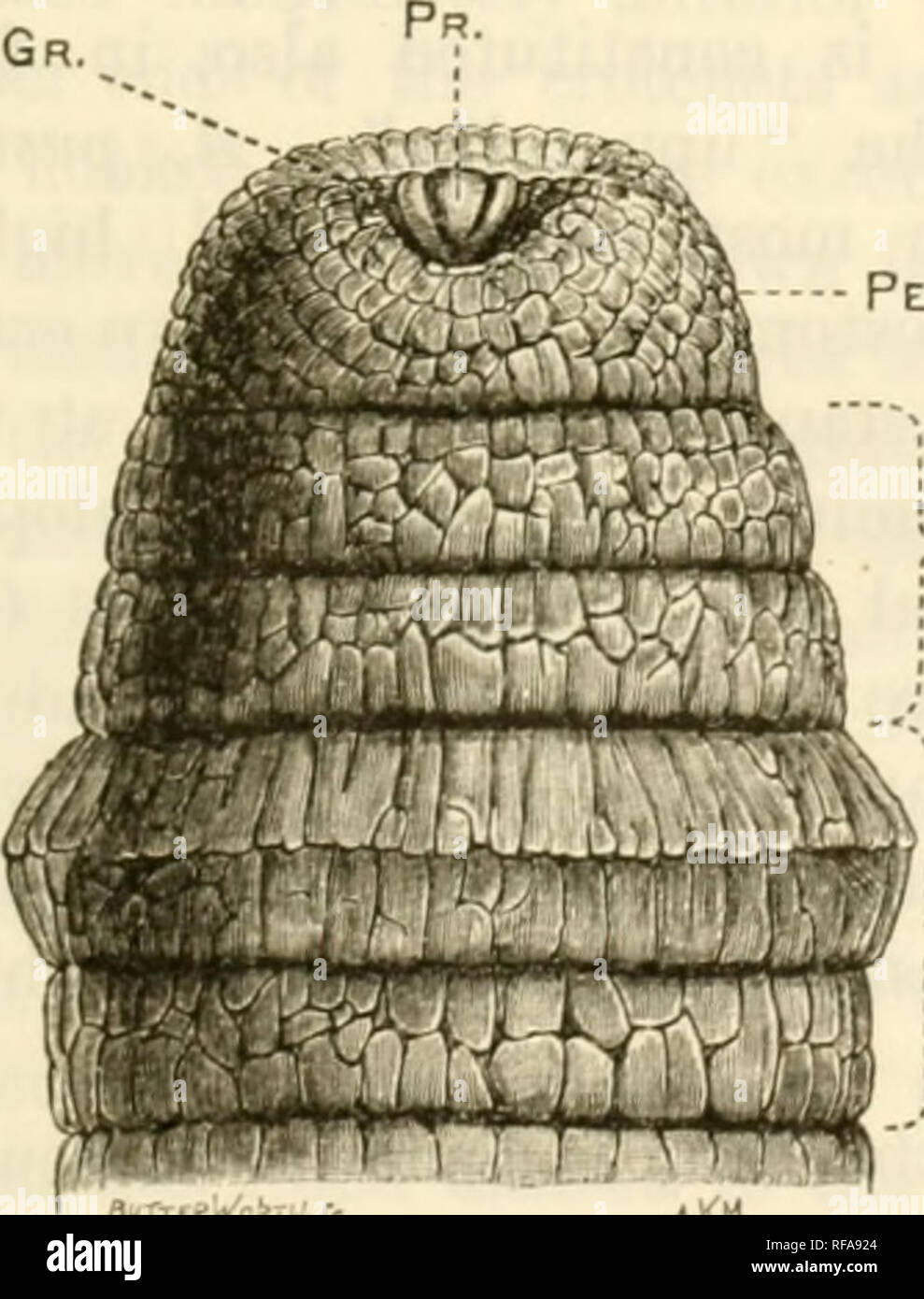
Pygidium
The posterior (ending) part of a segmented organism, bears the anus. Metameres (segments) form in front of this structure
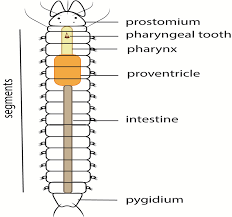
Thin non-chitenous cuticle
The body covering of annelids
Hydrostatic Skeleton
Coelom filled with pressurized fluid in annelids (except leeches), maintains a constant volume
Circular and longitudinal muscles
used to contract and squeeze fluid of hydrostatic skeleton to move, these work in alternating contractions with each other
Clade Errantia
The freely moving, mostly marine polychaete clade of annelids. Large group, 1mm-3m long, parapodia on most segments, many setae in bundles on parapodia, mostly predators or scavengers
Clade Sedentaria
The sedentary clade of annelids, include polychaete, oligochaete, and leeches. Includes subgroup clitella, live in tubes/burrows, may have gills to supplement respiration, and tentacles on head capture food and respire. .
Polychaetes
old annelid class where members had many setae and parapodia
Parapodia
flap-like appendages on segments of annelids
Oligochaetes
old class of annelida that have no parapodia, few setae, and a clitellum
Clitellum
an area of the body in annelids with specialized cells that form a protective mucus layer during reproduction for the cocoon stage.
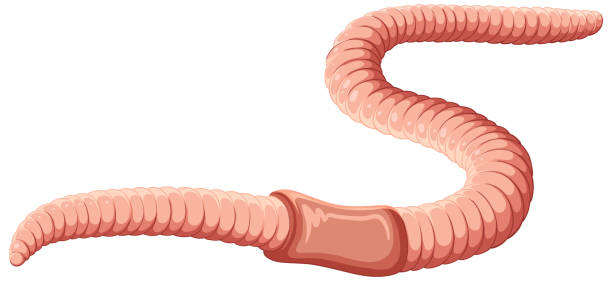
Annelids that do not fall under main clades.
Chaetopteridae (parchment worms) and Sipuncula (peanut worms)
Clade Errantia form
these annelids have prostomium (eyes, tentacles, sensory palps), peristomium (setae, palps, chitenous jaws), most trunk segments have parapodia (usually main respiratory organ, body surface can be used for gas exchange and some have gills)
Clade Errantia Function
these annelids have a complete gut, highly developed sense organs (eyes can vary from simple eyespots to image-forming), and most have metanephridia for excretion
Metanephridium
Excretory system that each segment has with a small external tube from coelom to out of the organisms body wall
Clade Errantia Reproduction
these annelids are usually dioecious, have no permanent sex organs (gonads temporarily appear to save energy and gamtes are shed into the coelom and exit body this way), and external fertilization (released into water)
Clade Errantia Swarming Sexual Stages
these annelids mostly live as sexually immature, during this period the posterior becomes sexually mature and breaks off, these parts then swim to the surface and burst for fertilization
Atoke
sexually immature errantia annelids
Epitoke
the posterior end of errantia annelids that breaks off for reproduction
Clam Worms
predatory errant polychaetes that hide in burrows and have chitenous jaws on their eversible muscular pharynx
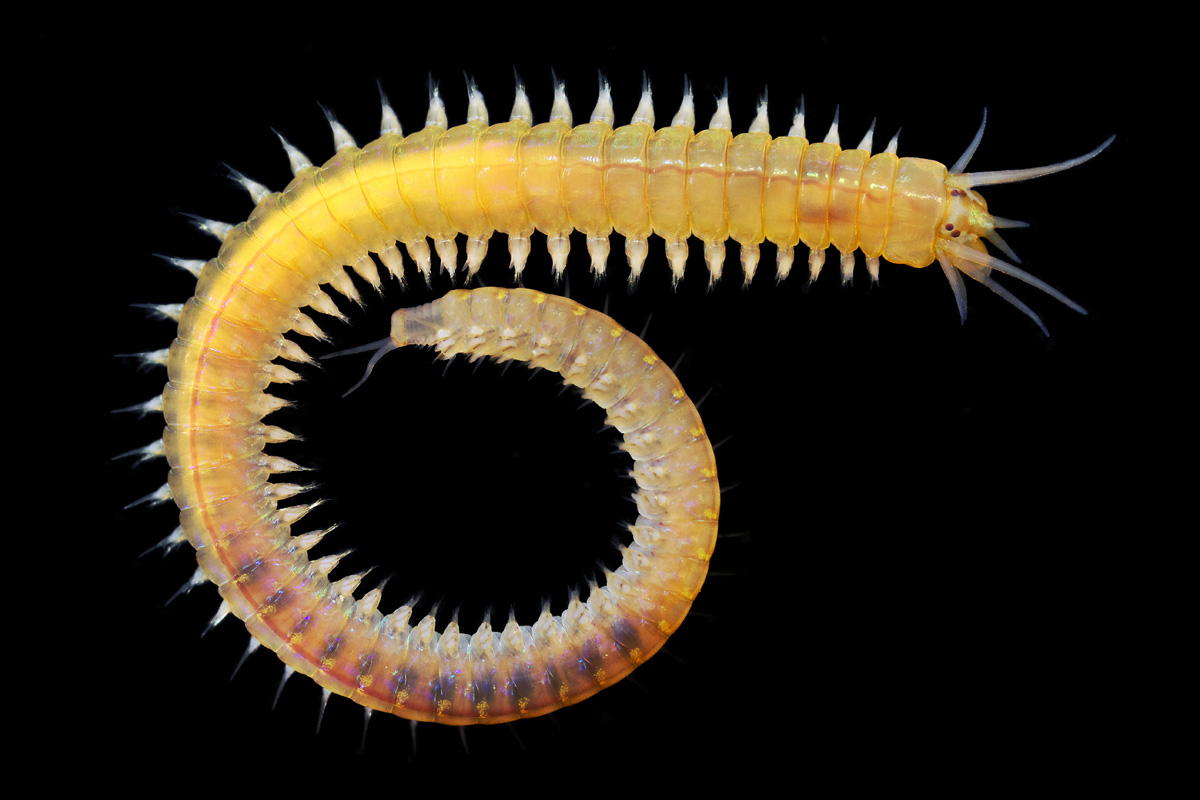
Scale Worms
this annelid has flattened bodies covered with broad scales, some can get up to 20cm, and all are carnivores
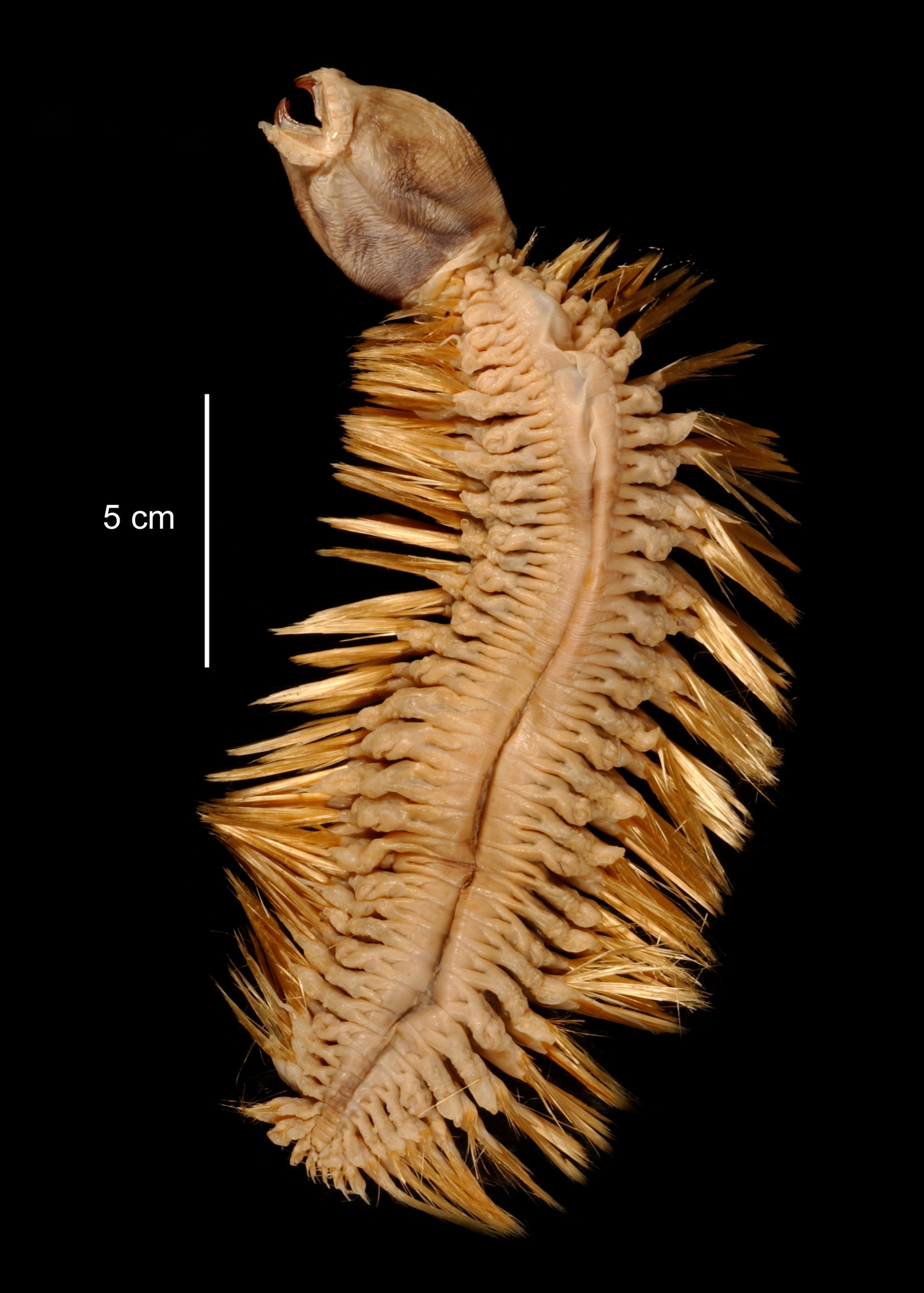
Fireworms
These annelids have hollow, brittle setae that contain neurotoxins, and they feed on cnidarians
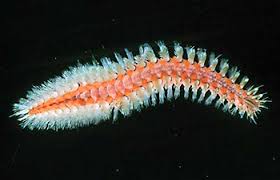
Tubeworms
these annelids are polychaetes that have flexible or rigid tubes, they are usually particle feeders that consume either suspended particles or particles in/on sediments
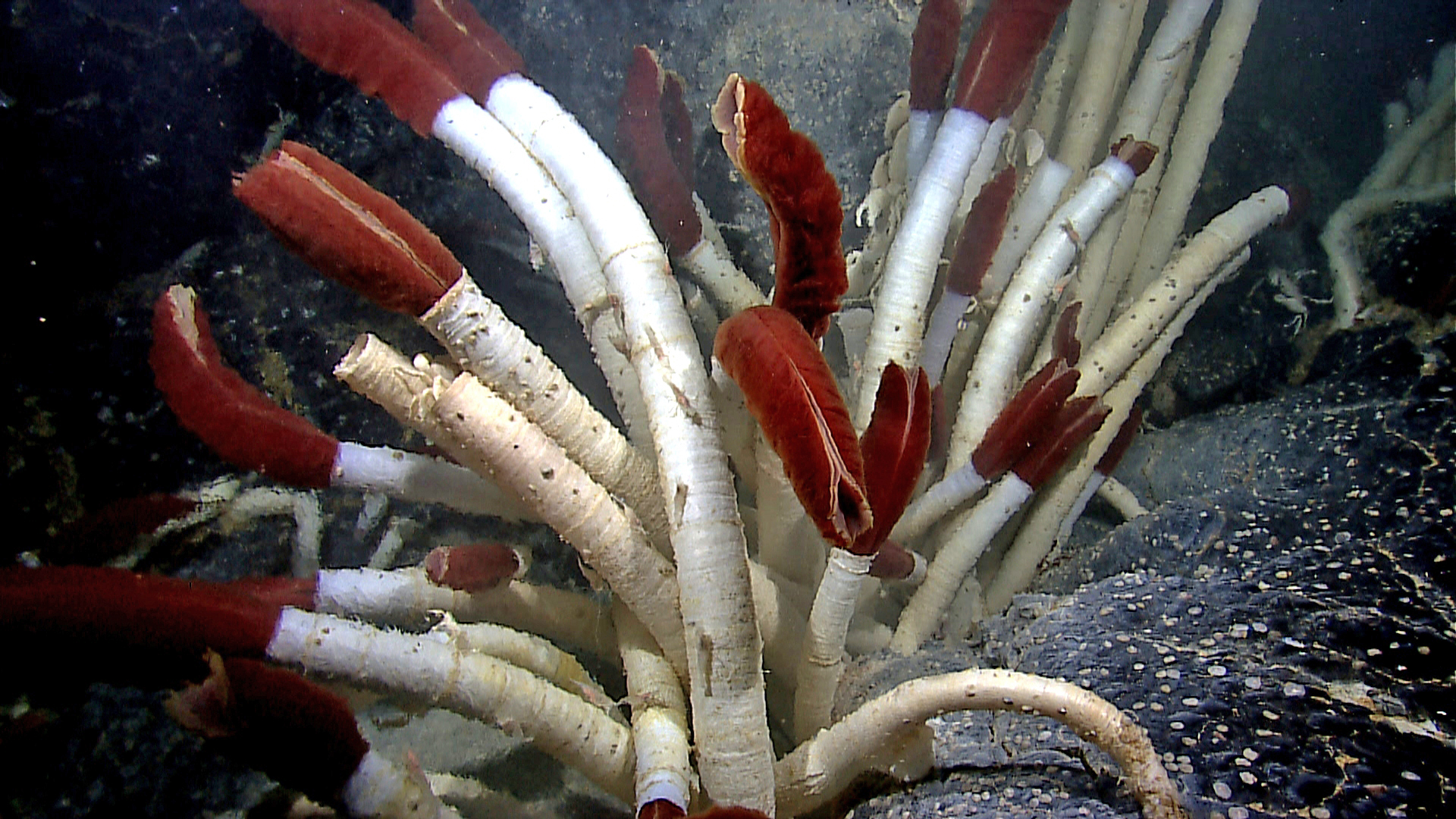
Fanworms
these annelids are tubeworms, they unfurl tentacular crowns to feed, food is moved from radioles to mouth by ciliary action, it includes feather duster worms and christmas tree worms
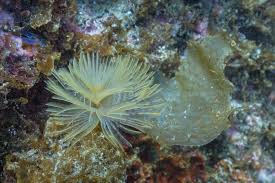
Siboglinids (Beardworms)
these annelids are mostly in sea floor mud at 100-10,000 deep, theyre sessile and secrete, they live in long chitinous tubes
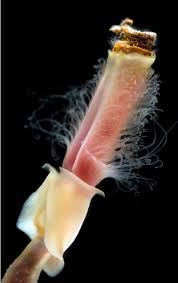
Beardworm Adaptations
these annelids have adapted to have no mouth or digestive tract, absorb some nutrients from seawater through tentacles, they get most of their energy from mutualistic chemoautrophic bacteria that oxidize hydrogen sulfide
Ciliary Feeders
annelids that eat suspended articles
Deposit Feeders
annelids that eat particles on/in sediments
Radioles
feather-like processes from the head of many tubicolous polychaete worms used primarily for feeding
Mutualistic Chemoautrophic Bacteria
Organisms that oxidize hydrogen sulfide in a relationship with another organism and provide energy
Siboglinids - Osedax
Worms that eat whale corpses, symbiotic bacteria help digest fats and oils inside whale bone
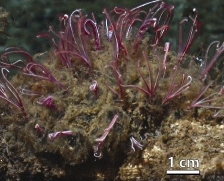
Clade Clitellata
the annelids that include earthworms, leeches, have reproductive structure called clitellum, monoecious with direct development, no parapodia
Clitellum
a reproductive structure that is a ring of cells around the body that secrete cocoons
Direct Development
When an organism has no larval stage
Indirect Development
When an organism has a larval stage
Oligochaete Diversity
these annelids live in soil and freshwater habitats, most have setae (less than polychaetes)
Earthworm Form
the form of these annelids live in branching tunnels and often emerge at night, in dry weather they burrow deep underground, they alternate circular/longitudina muscle contractions to move, setae help anchor their segments.
Earthworm diet
the diet of these annelids consists of being scavengers, they feed on decayed organic matter/leaves (temporarily stored in crop and ground into small pieces in gizzard), ingest own weight in soil every 24 hours, important to mixing/aeration of soil
Earthworm function
these annelids function by using cutaneous respiration, metanephridia in most segments, simple sense organs in body (no eyes but photoreceptors in epidermis, chemoreceptors, and respond to mechanical stimuli)
Crop
the organ where earthworms temporarily store their food after swallowing, before ‘chewed up’
Gizzard
the muscular area that contracts to ground soil into small pieces for digestion
Cutaneous Respiration
When earthworms use body surface for gas exchange
Earthworm reproduction
These annelids are monoecious, align in opposite directions (held with mucus from clitellum), exchange sperm, each forms cocoon where fertilization occurs
True Leeches
one order only, hirudinea, have no setae or parapodia, 2 suckers (one on anterior and posterior end)
Non-True Leeches
two orders, these annelids have fewer segments and only 1 sucker
True Leech Features
these annelids are mostly freshwater, tropical, lack internal septae, some are carnivores, feed on small invertebrates, others are temporary or permanent parasites (secrete anesthetic and anticoagulant)
Anticoagulant
a compound that keeps blood flowing and is a blood thinner
True Leech Adaptations
these anelids have a specialized gut to store large quantities of blood, used medically to reduce blood clotting and encourage reattached limb healing
Enterocoely
The process of how the coelom evolves in deuterostomes
Schizocoely
The process of how the coleom evolves in protostomes
In what groups did metasterism evolve in?
This trait evolved in deuterostomes, lophotrochozoans, and ecdysozoans
cuticle
a non living outerlayer secreted by the epidermis
Ecdysis
the process of shedding off the outer cuticular layer; molting
Phylum Nematoda
this phylum consists of the roundworms, they are found almost everywhere and parasites exist in nearly all animal and plant species
Nematoda Diet and Importance
the free living worms eat a variety of foods (bacteria, yeast, algae, some saprozoic and some coprozoic), many organisms eat these worms, and C. elegans is an important model for genomic studies
Saprozoic
a method of eating where an organism feeds by absorption of dissolved salts and simple organic nutrients from surrounding medium; also refers to feeding on decaying matter
Coprozoic
a method of nutrition where an organism gets its nutrients by consuming feces
Nematoda form
these worms have a cylindrical shape, nonliving cuticle, only longitudinal muscles in the body wall, and are eutely
Eutely
when a species has a set amount of cells
Nematodes Muscle and Movement
in these worms the cuticle acts antagonistically to the longitudal muscles (produces thrashing motion), hydrostatic skeleton helps provide support (higher pressure→higher effeciency)
Nematoda Metabolism
these worms have anaerobic metabolism (some parasitic adults and use glycolysis and other ET processes), aerobic metabolism (free living nematodes and free living parasitic stages)
Nematoda Reproduction
in these worms most are dioecious, the males have copulatory spicules, internal fertilization, unique sperm with no flagella (move via ameboid movement, adaptation to hydrostatic pressure?)
Copulatory Spicules
Spikes that help inject sperm into the female worm
How many people in the world are infected with ascaris
~1 billion
Ascaris Life Cycle
Host swallows embryonated egg→juveniles hatch, burrow through intestinal wall→juveniles travel to lungs, carried up to trachea→coughed up, swallowed, mature in intestine→feed on intestinal contents - may block or perforate intestines
How can hookworms cause issues in humans?
Ingest more blood than needed and can cause anemia in host, burrow thru skin into blood
Trichinosis
caused by Trichina Worm, make host cells become nurse cells
Nurse Cell
a cell whose gene expression has ben redirected to cater only to a parasite
Pinworms
most common nematode parasite in the U.S. (30% of kids)
Filarial Worms
8 species of these nematodes can infect humans, Wuchereria bancrofti and Brugia malayi live in the lymphatic system
Filarial Elphantiasis
caused by repeated exposure to Wuchereria or Brugia infection, an excessive growth of connective tissue and enormouse swelling of affected parts

Phylum Arthropoda
Most diverse phylum, coelomate protostomes, well-developed sense organ systems, mostly herbivorous, segmented
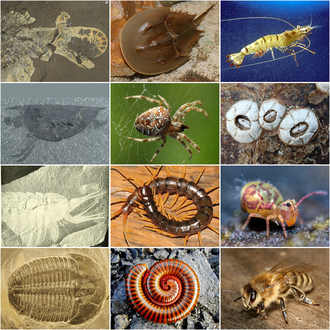
Arthropod subphyla
Trilobita, Myriapoda, Chelicerata, Crustacea, and Hexapoda
Subphylum Trilobita
an extinct subphylum of phylum arthropoda.
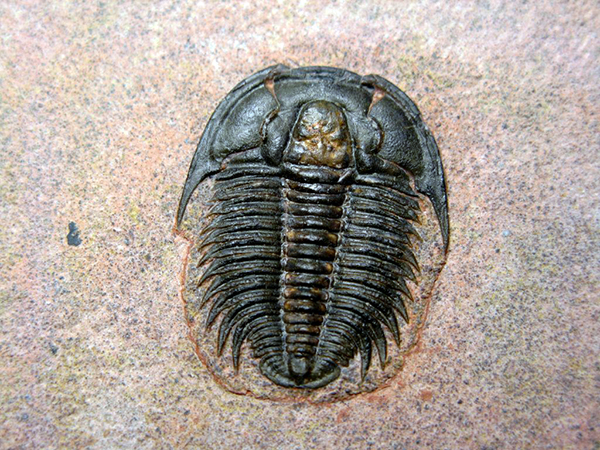
Subphylum Myriapoda
the subphylum in arthropoda that includes centipedes, millipedes, etc.
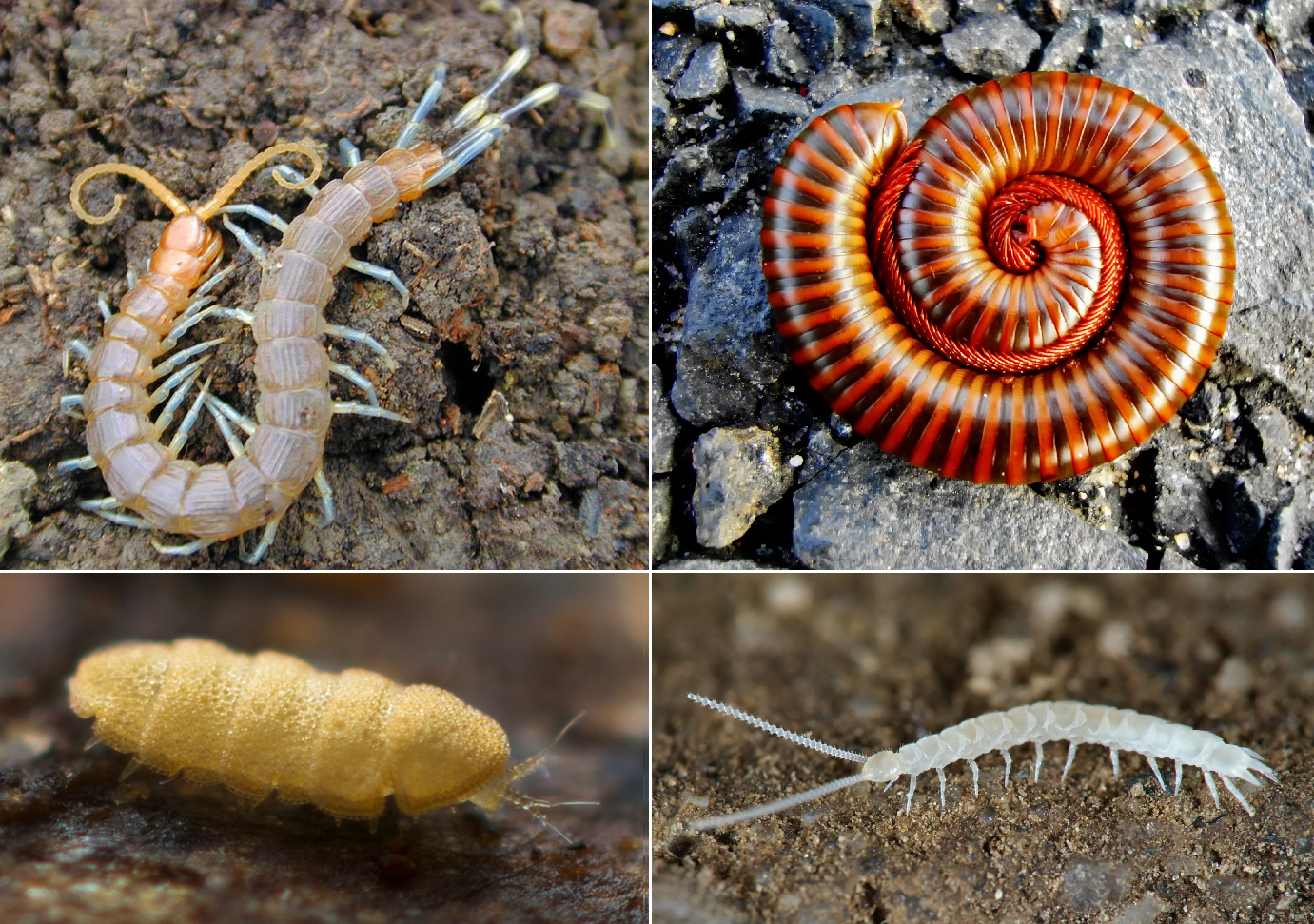
Subphylum Chelicerata
the subphylum in arthropoda that includes spiders, ticks, horseshoe crabs, scorpions, etc.
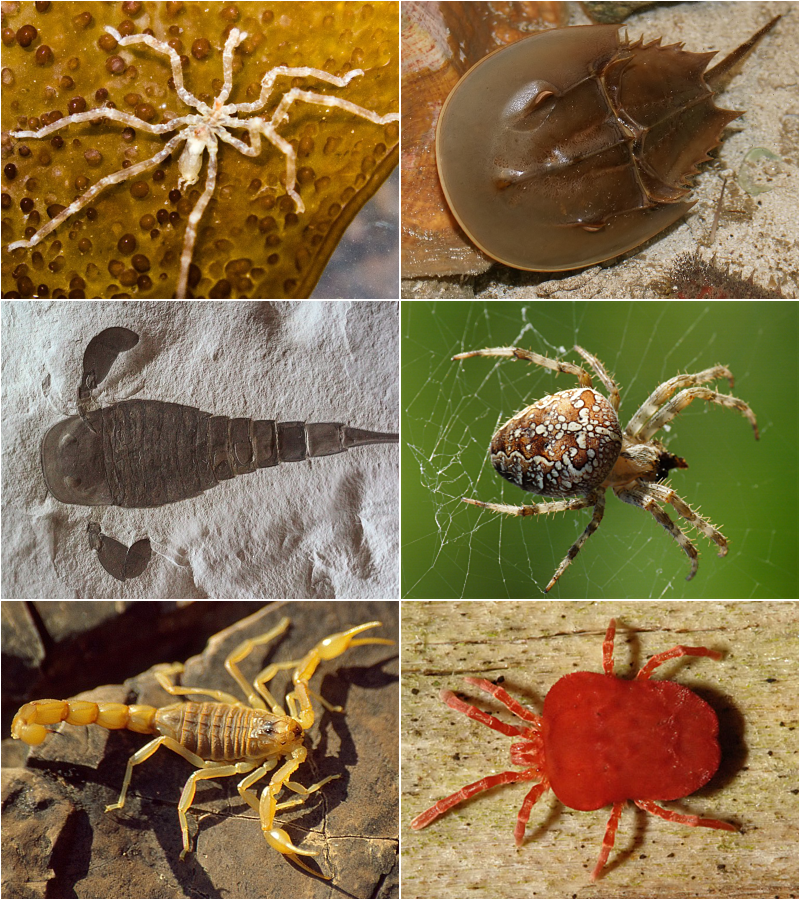
Subphylum Crustacea
The subphylum in arthropoda that includes lobsters, crabs, crayfish, etc.
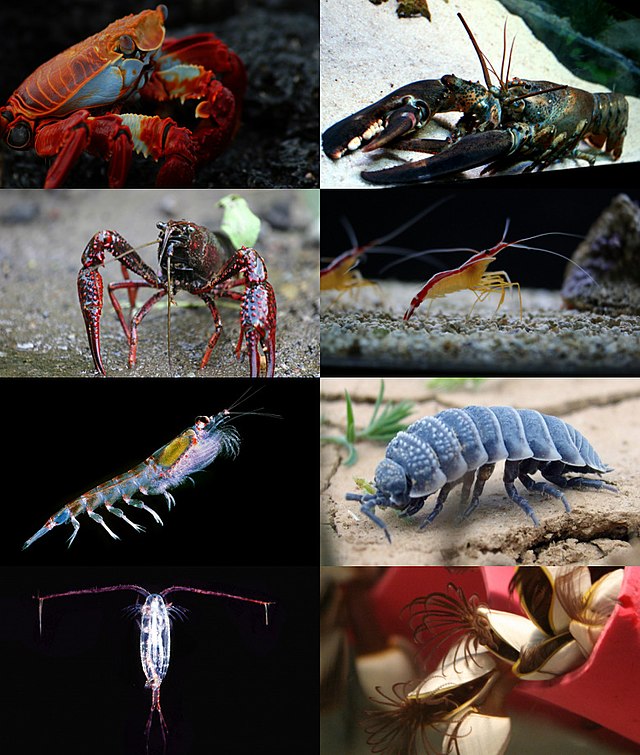
Subphylum Hexapoda
the subphylum in arthropoda that includes insects
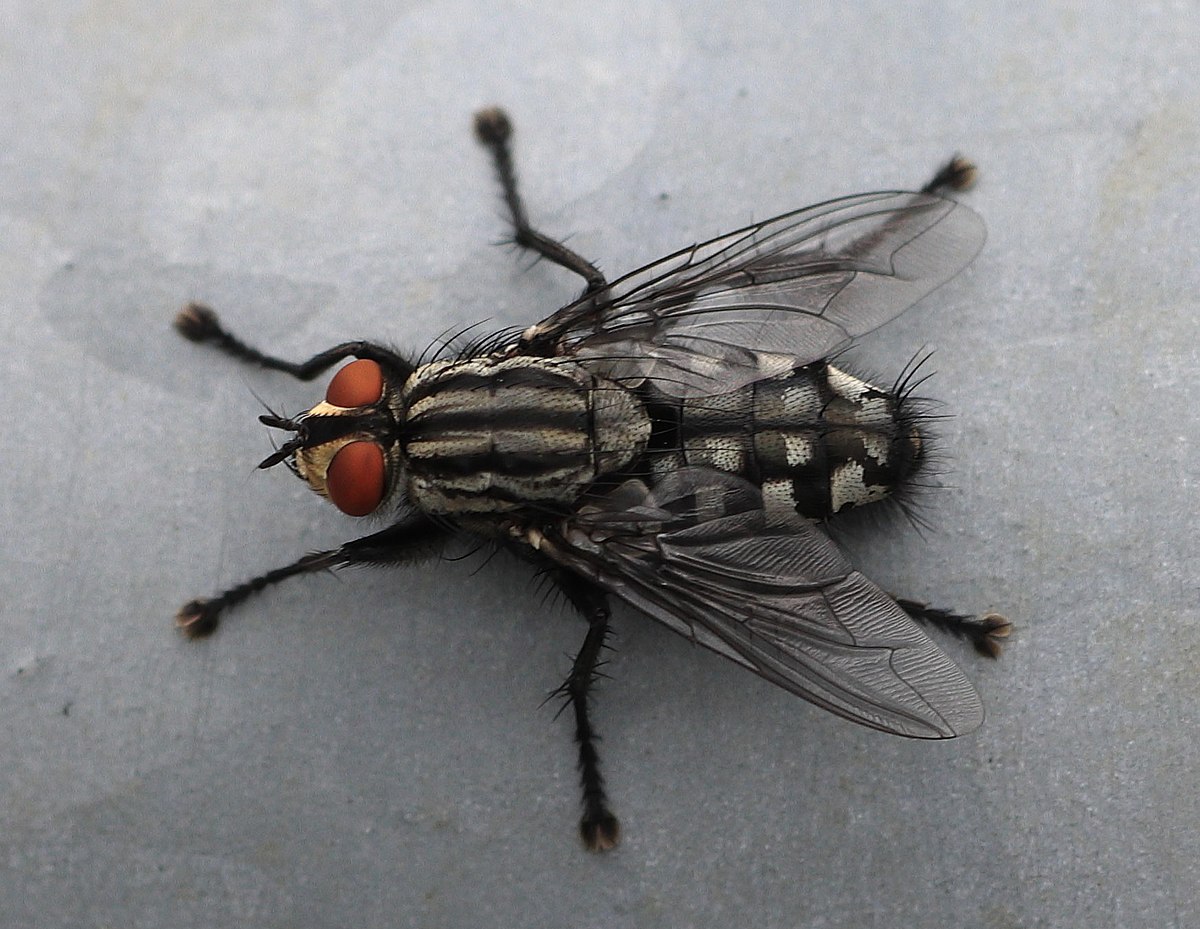
Reason that arthropods have great diversity and abundance
versatile exoskeleton, cuticle, molting, tagmata
Hemocoel
a blood filled reduced coelom that arthropods use for respiration with an efficient tracheal system, residual blastocoel
Arthropod locomotion
organisms in this phylum exhibit segmentation and appendages to have efficient locomotion. they often have highly specialized appendages
Tagmata
segments that are fused into specialized groups in arthropods
Arthropod Respiration
terrestrial organisms have efficient tracheal system. for O2 transport (air piped directly to cells and supports their high metabolic rate), aquatic organisms have gills
Tracheal System
set of tubes that run through an arthropod’s body used for respiration
Arthropod Senses
these organisms have a variety of highly developed sense organs, including compound (mosaic) eyes, touch, smell, hearing, balancing, and chemical reception
Arthropod behavior and metamorphosis
these organisms have more complex and organized activities than other invertebrates, most behavior innate, some learned. having larvae gets rid of competition for food and habitat, as adults usually have different diet and habitat
Interspecific Competition
Competition within species
Interspecific Species
Competition between species
Characteristics of subphylum trilobita
flourished during the cambrian period, extinct 245 mya, tri-lobed body shape, bottom dwellers (probably scavengers), three tagmata